Italy’s Energy Transition: Navigating the Path to Sustainability
The Renewable Energy Landscape in Italy
Italy has been making significant strides in its transition towards a more sustainable energy future. According to the latest data from the Italian Ministry of Ecological Transition, renewable energy sources accounted for 37.2% of the country’s total electricity generation in 2022, up from 34.1% in 2018.
Solar Power: Harnessing the Sun’s Potential
One of the key drivers of Italy’s energy transition has been the rapid growth of solar power. As of 2022, Italy had an installed solar PV capacity of 22.1 GW, making it the third-largest solar market in Europe. The country’s favorable climate and supportive policies have attracted significant investment in both utility-scale and rooftop solar projects.
Wind Power: Capturing the Breeze
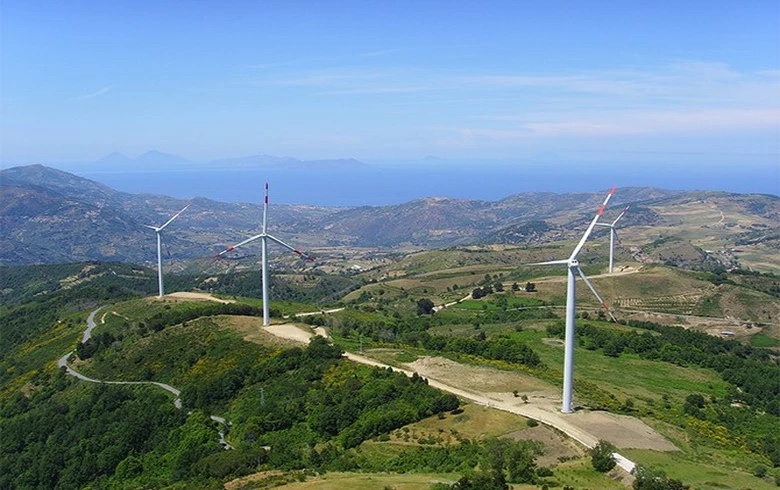
Wind power has also been a growing contributor to Italy’s renewable energy mix, with an installed capacity of 11.3 GW as of 2022. The country’s coastal regions and mountainous areas have provided ample opportunities for the development of both onshore and offshore wind farms.
Hydropower: Harnessing the Power of Water

Hydropower has been a reliable source of renewable energy in Italy for decades, with an installed capacity of 21.5 GW as of 2022. The country’s extensive network of rivers and lakes has enabled the construction of a range of hydroelectric power plants, which contribute significantly to the overall energy mix.
Policy Drivers and Regulatory Frameworks
Italy’s energy transition has been supported by a comprehensive policy and regulatory framework, with the government setting ambitious targets for renewable energy deployment and greenhouse gas emissions reductions.
The National Integrated Energy and Climate Plan (PNIEC)
In 2019, the Italian government unveiled the National Integrated Energy and Climate Plan (PNIEC), which outlines the country’s energy and climate goals for the period 2021-2030. The PNIEC sets a target of 55% renewable energy in the electricity sector by 2030, as well as a 33% reduction in greenhouse gas emissions compared to 1990 levels.
Renewable Energy Auctions and Incentives
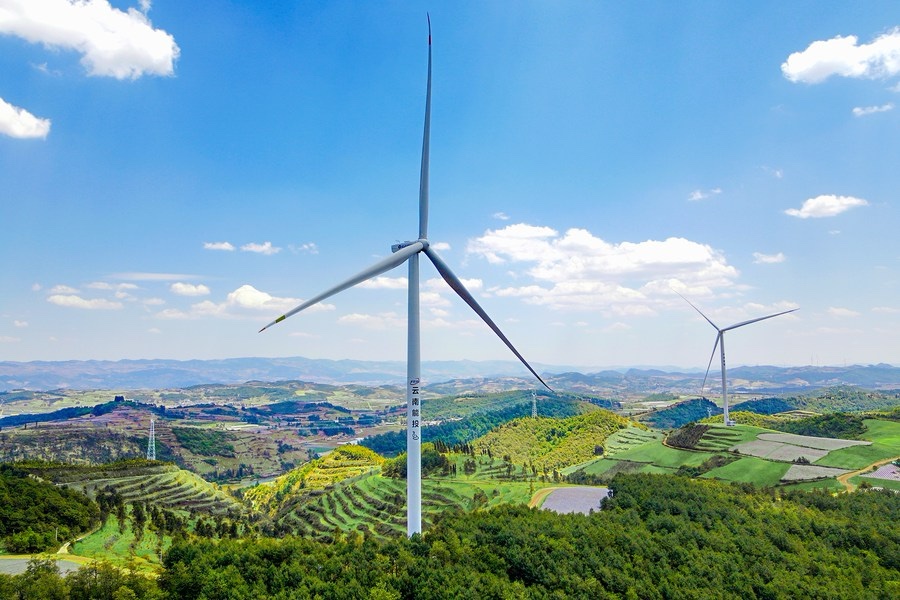
To support the deployment of renewable energy, the Italian government has implemented a system of competitive auctions for renewable energy projects. These auctions have helped to drive down the cost of renewable energy and have attracted significant investment from both domestic and international companies.
In addition to the auction system, Italy also offers a range of financial incentives and support mechanisms for renewable energy projects, including tax credits, feed-in tariffs, and investment grants.
Challenges and Opportunities
While Italy’s energy transition has been largely successful, the country still faces a number of challenges and opportunities as it works to achieve its long-term sustainability goals.
Grid Integration and Flexibility
One of the key challenges is the integration of large amounts of renewable energy into the national grid. As the share of variable renewable sources like wind and solar increases, the need for grid flexibility and energy storage solutions becomes more pressing.
Energy Efficiency and Electrification
Another area of focus is improving energy efficiency and electrification across various sectors, including transportation, industry, and buildings. The Italian government has set targets for improving energy efficiency and increasing the use of electric vehicles, but more work is needed to fully realize these goals.
Social and Economic Impacts
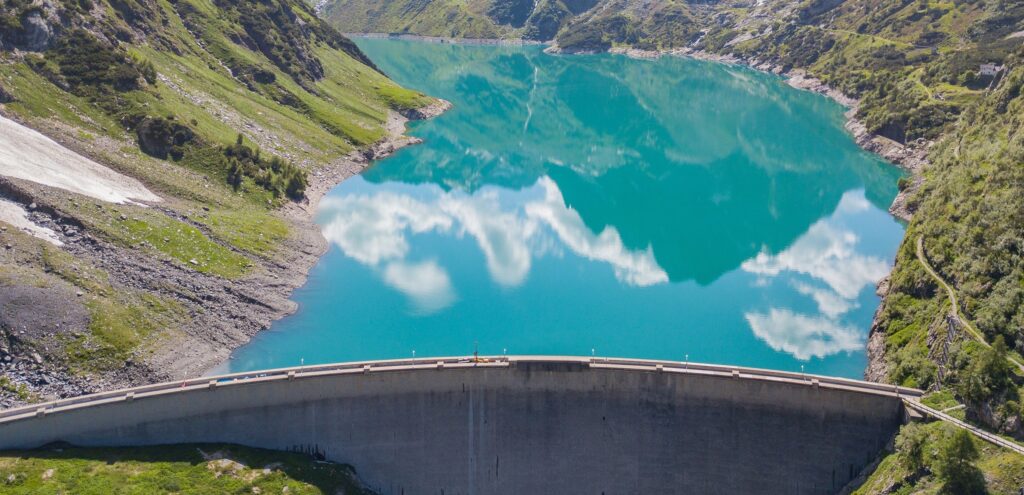
The energy transition also has significant social and economic implications for Italy. While the shift to renewable energy has created new jobs and economic opportunities, it has also led to concerns about the impact on traditional fossil fuel industries and the need for a just transition that protects the livelihoods of affected workers and communities.
Conclusion
Italy’s energy transition has been a remarkable success story, with the country emerging as a leader in renewable energy development and deployment. The combination of ambitious policy targets, supportive regulatory frameworks, and significant private investment has enabled Italy to make substantial progress in transitioning away from fossil fuels and towards a more sustainable energy future.
However, the work is far from over, and the country faces a range of challenges and opportunities as it continues to navigate the energy transition. By addressing these challenges and capitalizing on the opportunities presented by the clean energy revolution, Italy is well-positioned to maintain its position as a global leader in the fight against climate change.
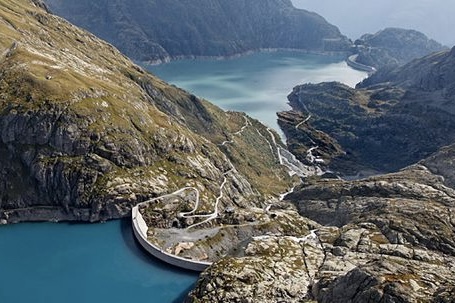
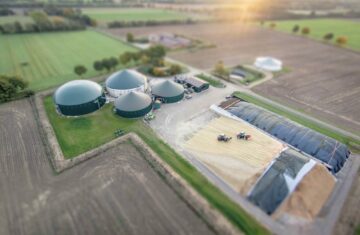
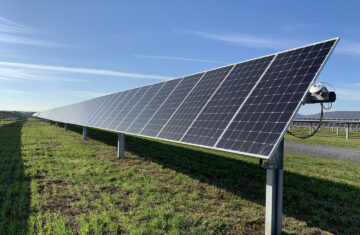

[…] the social and economic impacts of the energy transition, particularly on fossil fuel-dependent communities, will be essential for achieving a fair and […]
[…] Bewältigung der sozialen und wirtschaftlichen Auswirkungen der Energiewende, insbesondere auf die von fossilen Brennstoffen abhängigen Gemeinden, ist eine wesentliche […]
[…] os impactos sociais e econômicos da transição energética, principalmente nas comunidades dependentes de combustíveis fósseis, será essencial para […]
[…] gli impatti sociali ed economici della transizione energetica, in particolare sulle comunità dipendenti dai combustibili fossili, sarà essenziale per […]
[…] sera essentiel de tenir compte des répercussions sociales et économiques de la transition énergétique, en particulier sur les communautés tributaires des combustibles fossiles, pour parvenir à un […]
[…] los impactos sociales y económicos de la transición energética, especialmente en las comunidades dependientes de los combustibles fósiles, será […]
[…] The permitting process for renewable energy projects in France can be complex and time-consuming, often posing a barrier to the timely deployment of new projects. The government has acknowledged the need to streamline the regulatory environment to facilitate the energy transition. […]
[…] Die Regierung hat die Notwendigkeit erkannt, das regulatorische Umfeld zu straffen, um die Energiewende zu […]
[…] plays a crucial role in Italy’s strategy to transition to renewable energy and reduce greenhouse gas emissions. The country aims to achieve a 55% reduction in emissions by […]
[…] component of Italy’s renewable energy landscape, contributing significantly to the country’s energy transition and sustainability goals. With favorable wind conditions and a robust policy framework, Italy has […]
[…] by global consultancy Roland Berger. As Europe positions offshore wind as a cornerstone of its energy transition, the sector aims to increase its capacity from 7 GW to 20 GW/year, ultimately targeting 120 GW of […]
[…] Italy, added, “Thanks to this EIB loan and SACE’s support, we will continue to progress in Italy’s energy transition with this new renewable project, producing clean energy equivalent to the consumption of 154,000 […]